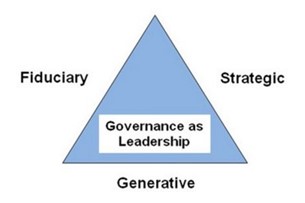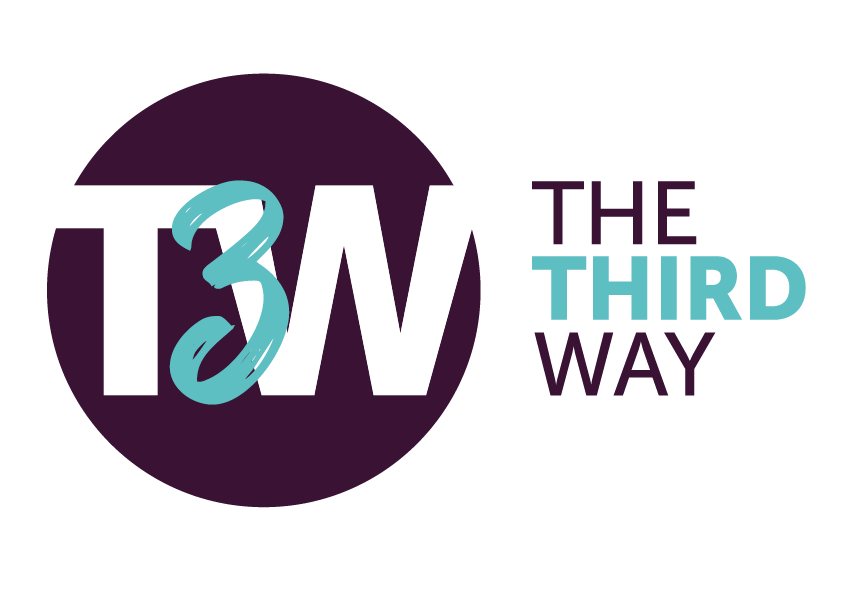Good Governance and Leadership
What Are the Key Differences between a Governor and a Leader?
Governance provides strategic direction for leaders, helps them to foster commitment, shared aims and shall hold people to account. Governors define the rules, provide advisory functions and enforce the rules.
Leadership contributes to effective governance by promoting interagency collaboration, shared understanding and clear roles and responsibilities. Leaders will make things happen and put strategy into practice.
A leader without competence may not be effective and efficient in leading an organisation. When we see, in light of Good Governance, efficiency and effectiveness in giving services to the public, the utilisation of resources both human and material is among the key principle of Good Governance.
Non-profit organisations in the small to medium size range generally do not have access to diverse and well-developed organisation structures to deliver their strategic and operational plans. Resources are scarce, supply and demand rarely meet and employment conditions do not always attract the “best and brightest” (this is by no means a criticism of those who work in the sector, rather a reflection of the funding available to deliver these services).
Within this context, under a traditional form of governance, boards practice two modes, namely fiduciary and strategic; According to Mark Schultz, the approach of both can be described as:
The fiduciary mode: a basic and fundamental requirement of good governance – protect the assets of the business, ensure resources are deployed efficiently and effectively and for everyone, both the board and management, to always act in the best interests of the organisation. Nothing unusual here and sound principles upon which to build a sustainable organisation; and
The strategic mode: the board and management think together to identify strategic priorities and drivers; the external as well as the internal environment is reviewed and assessed; enquiring minds are encouraged, strategies and decisions are open to challenge based on thoughtful consideration and the focus is on the “ends” rather than the “means”.
Both these modes of governance are fundamental to maintaining relevance and a sustainable business model. However, there is another, the generative mode (Governance as Leadership, Chait, Ryan & Taylor; Boardsource) that can take governance and leadership to another level, all within the confines of the existing board and management structure.
In a generative mode, the board’s work is more creative, challenges the norms, applies a robust deliberative process and plays a key role in the framing of issues and the development of strategic options and plans. That is, the board gets involved sooner rather than later and becomes a valuable part of the solution.

Under a traditional form of governance, management frames the issue and develops strategic options and plans; the board does not get involved during the formative stage and is generally presented with options for consideration and a preferred option recommended by management. Only then is the board given the opportunity to be involved in the discussion. However, is this too late? Does this approach take advantage of the collective wisdom sitting around the board table? Given the scarce resources that non-profits are confronted with, is this the best approach?
A new way of thinking about governance as leadership is that there is a better way; one that does not conflict with the principles of good governance but does take advantage of the intellectual capacity that is able to be contributed by members of the board. The organisation utilises the multiple levels of board capital, i.e. intellectual, reputational, political and social and applies these to the whole decision-making process that is the formative, deliberative and challenging stages. So instead of sitting back and waiting for a “paper to be presented by management” the board participates in the actual development of “the paper”
This approach transforms the way organisations utilise the capability that sits around a board table. It re-enforces a requirement for a skills based and diverse board and provides a means, within the guidelines of good governance, for that board to make a more meaningful contribution to the strategic management of the business. By being involved in the actual framing of the question and the development of strategic options, the board is providing leadership at a governance level and one that, given the resources the board can individually and collectively contribute to this process, should produce a better outcome for the organisation.
Is the role of Governor/ Trustee paid or unpaid? This depends on the type of social business but in some cases such as companies limited by guarantee, the role is only paid for specific tasks or paid a salary – it is not possible to be paid by share dividends, as the directors/ trustees/ governors would not normally hold shares.



